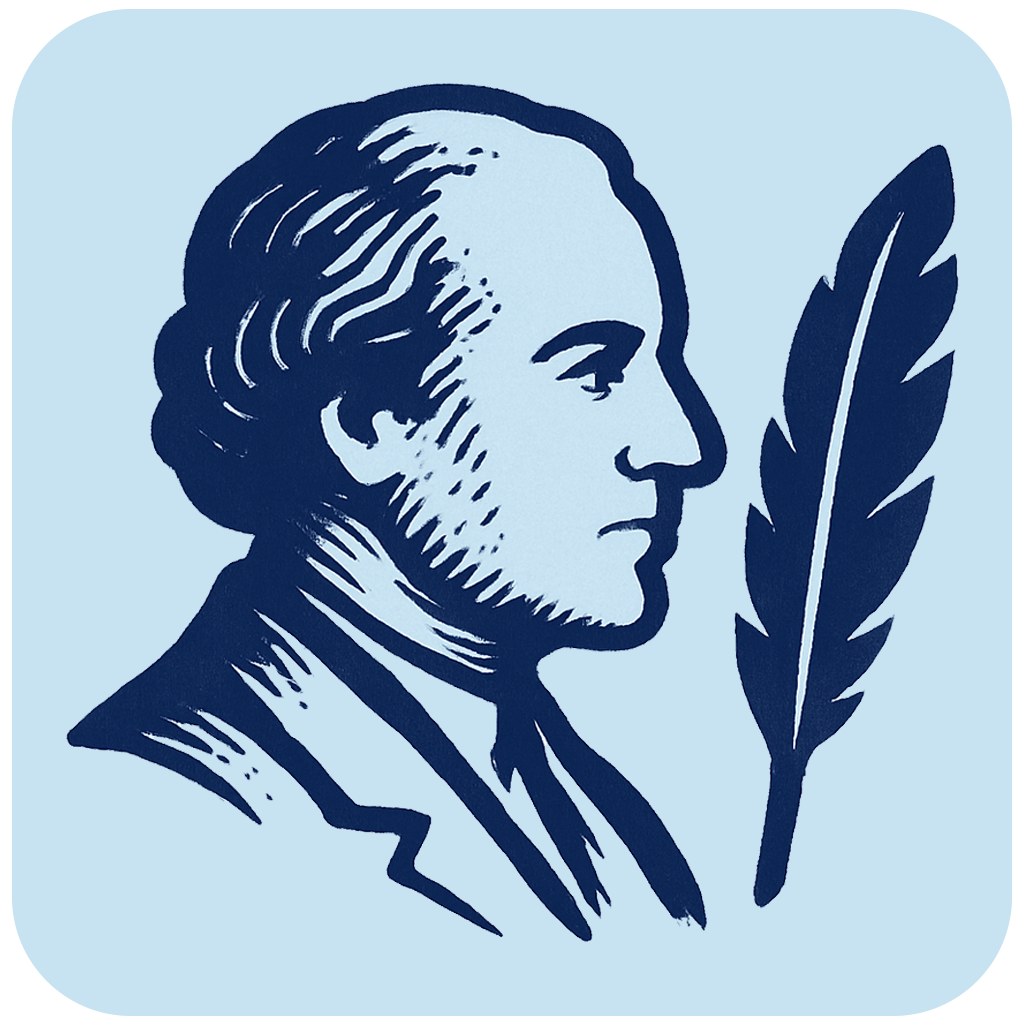Douglas C. Engelbart
Douglas Engelbart (1925-2013) was an American inventor.

Life
Douglas Engelbart was born January 30, 1925 in Portland, OR. In 1944 he was drafted into the US Navy, served two years as a electronic/radar technician in the Philippines. There he was inspired by Vannevar Bush's article "As We May Think." In 1948 he completed a BS in electrical engineering at Oregon State University, then worked at the National Advisory Committee for Aeronautics Ames Laboratory in Mountain View, CA.
Engelbart obtained a MS in Electrical Engineering in 1952 and a PhD in Electrical Engineering with a specialty in computers in 1955 at the University of California, Berkeley, where he continued as an Acting Assistant Professor. He acquired several patents on bi-stable gaseous plasma digital devices and formed a startup company, Digital Techniques, to commercialize some of his doctorate research on storage devices.
In 1957 moved to a research position at the Stanford Research Institute (later named SRI), where he proposed research agenda titled "Augmenting Human Intellect: A Conceptual Framework," which was funded by ARPA. In 1959 he became Director of the Augmentation Research Center (ARC) until 1977. During that time Engelbart, William K. English and John F. Rulifson created the oN-Line System (NLS), the world's first implementation of what was to be called hypertext.
From 1977 until 1984 Engelbart worked as a Senior Scientist in Tymshare, Inc., Cupertino, CA. Tymshare had bought the commercial rights to NLS, renamed it AUGMENT, and set the system up as a principal line of business in their newly formed Office Automation Division. In 1984 Tymshare was acquired by McDonnell Douglas Corporation ISG. In 1986 he left and, with his daughter, Christina Engelbart, founded the Bootstrap Institute (later named the Doug Engelbart Institute [1]) in Menlo Park in 1988 and later the Bootstrap Alliance. He retired in 2008 and died on July 2, 2013 in Atherton, CA.
Contributions
Engelbart and his co-workers developed several computer-interface elements, including bit-mapped screens, the first computer mouse, hypertext, collaborative tools, and precursors to the graphical user interface, groupware (inc. shared-screen teleconferencing and computer-supported meeting room).
On October 29, 1969, the world's first electronic computer network, the ARPANET, was established between nodes at Leonard Kleinrock's lab at UCLA and Engelbart's lab at SRI. Interface Message Processors at both sites served as the backbone of the first Internet.
Englebart is remebered for his demo at the Joint Computer Conference in 1968 that demonstrated the online networking system (NLS) and included hypertext, word processing, and the mouse.
He held twenty patents, 1 for the mouse, 7 for his work related to bi-stable gaseous plasma digital devices, and 12 for his work on all-magnetic digital devices.
Publications
For a detailed listing of publications by Engelbart and his staff see the Doug Engelbart Institute Bibliography [2]
- Augmenting Human Intellect: A Conceptual Framework. Menlo Park, CA: Stanford Research Institute, 1962.. AFOSR-3223. [3]
- "Display-selection techniques for text manipulation." With William K. English & Melvyn L. Berman. IEEE Transactions on Human Factors in Electronics 1 (1967): 5-15. [4]
- "A research center for augmenting human intellect." With William K. English. In: Proceedings of the December 9-11, 1968, fall joint computer conference, part I, pp. 395-410. 1968. [5]
- "The augmented knowledge workshop." In A history of personal workstations. Ed. by Adele Goldberg. New York, NY: ACM Press, 1988, pp. 185-248. 1988. [6]
- "Toward augmenting the human intellect and boosting our collective IQ." Communications of the ACM 38, no. 8 (1995): 30-32. [7]
Awards
Numerous awards are listed by the Doug Engelbart Institute [8]
- Honorary Doctorate, Oregon State University, 1994; Santa Clara University, 2001; and Yale University.
- American Society for Information Science. Special Award, 1996.
- MIT Lemelson-MIT Prize, 1999.
- IEEE. John Von Neumann Medal, 1999.
- The ACM Software System Award was conferred on Engelbart, William English, and Jeff Rulifson for their work on NLS.
Further reading
- Dalakov, Georgi. "Biography of Douglas Engelbart." History of Computers [9]
- Guynn, Jessica. "Douglas Engelbart dies at age 88; computer visionary." [Obituary] Los Angeles Times (July 3, 2013). [10]
- "Douglas Engelbart" Wikipedia [11]
- Khazan, Olga. "Douglas Engelbart, computer visionary and inventor of the mouse, dies at 88." [Obituary]. Washington Post (July 3, 2013) [12]
Papers
- Stanford University Library, Department of Special Collections and University Archives. Engelbart (Douglas C.) papers, 1953-1998. [13]
